Menu
Close
- about us
- Brazilian cotton
brazilian cotton
Menuquality
Menutraceability
Menusustainability
Menu - why cotton
- partnerships
- buyer’s guide
- downloads
- blog
- contact us
- about us
- Brazilian cotton
brazilian cotton
Menuquality
Menutraceability
Menusustainability
Menu - why cotton
- partnerships
- buyer’s guide
- downloads
- blog
- contact us















